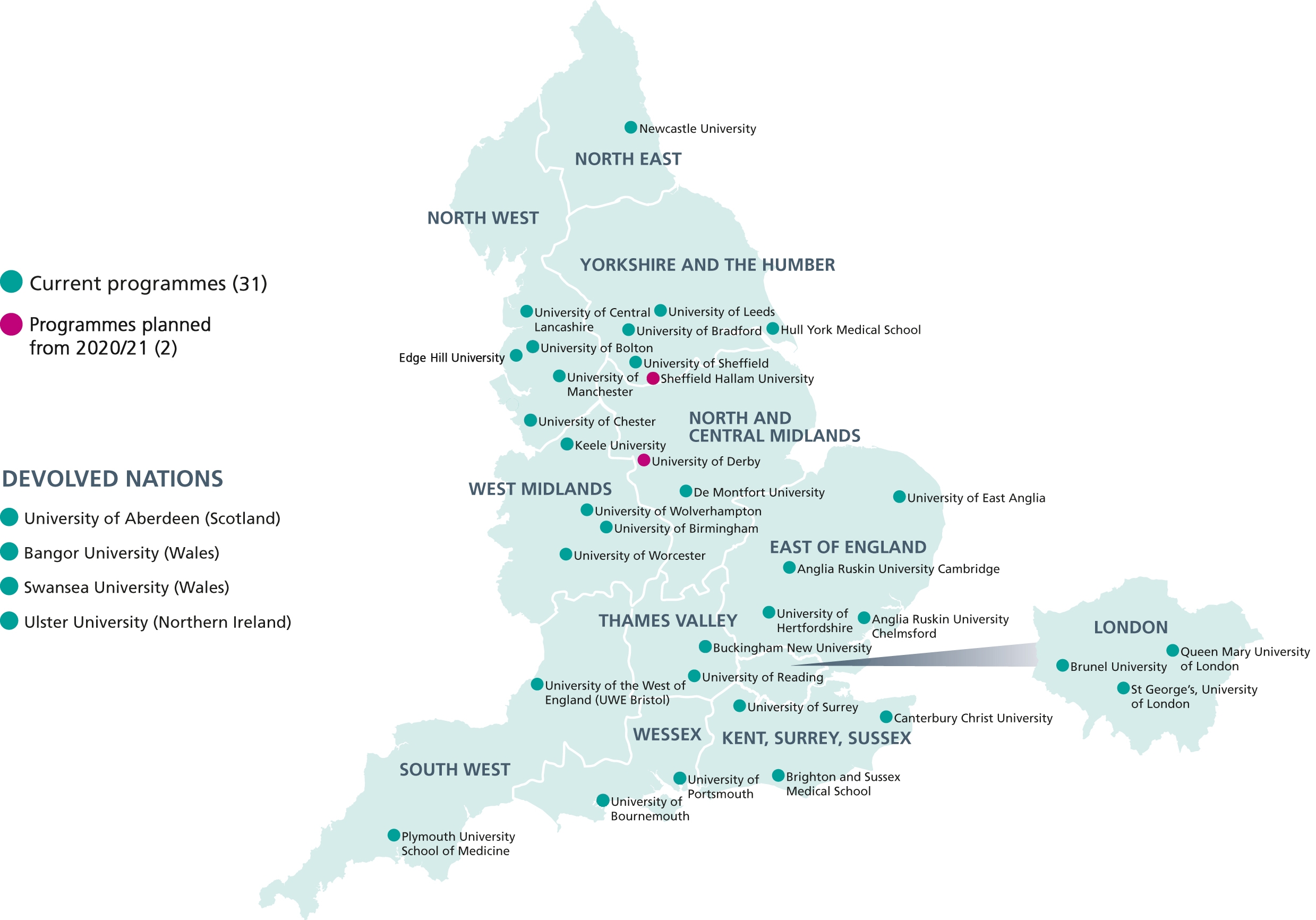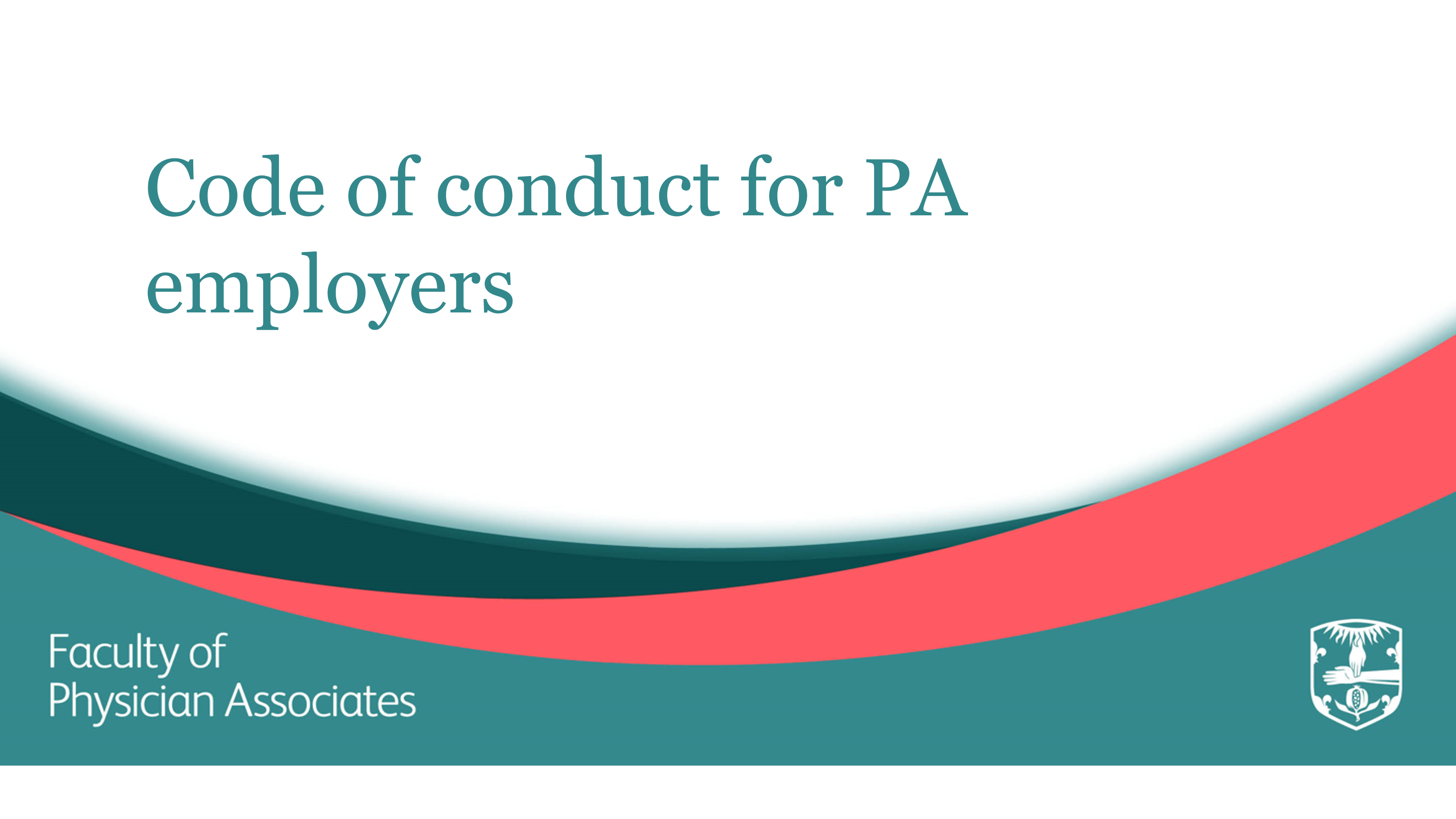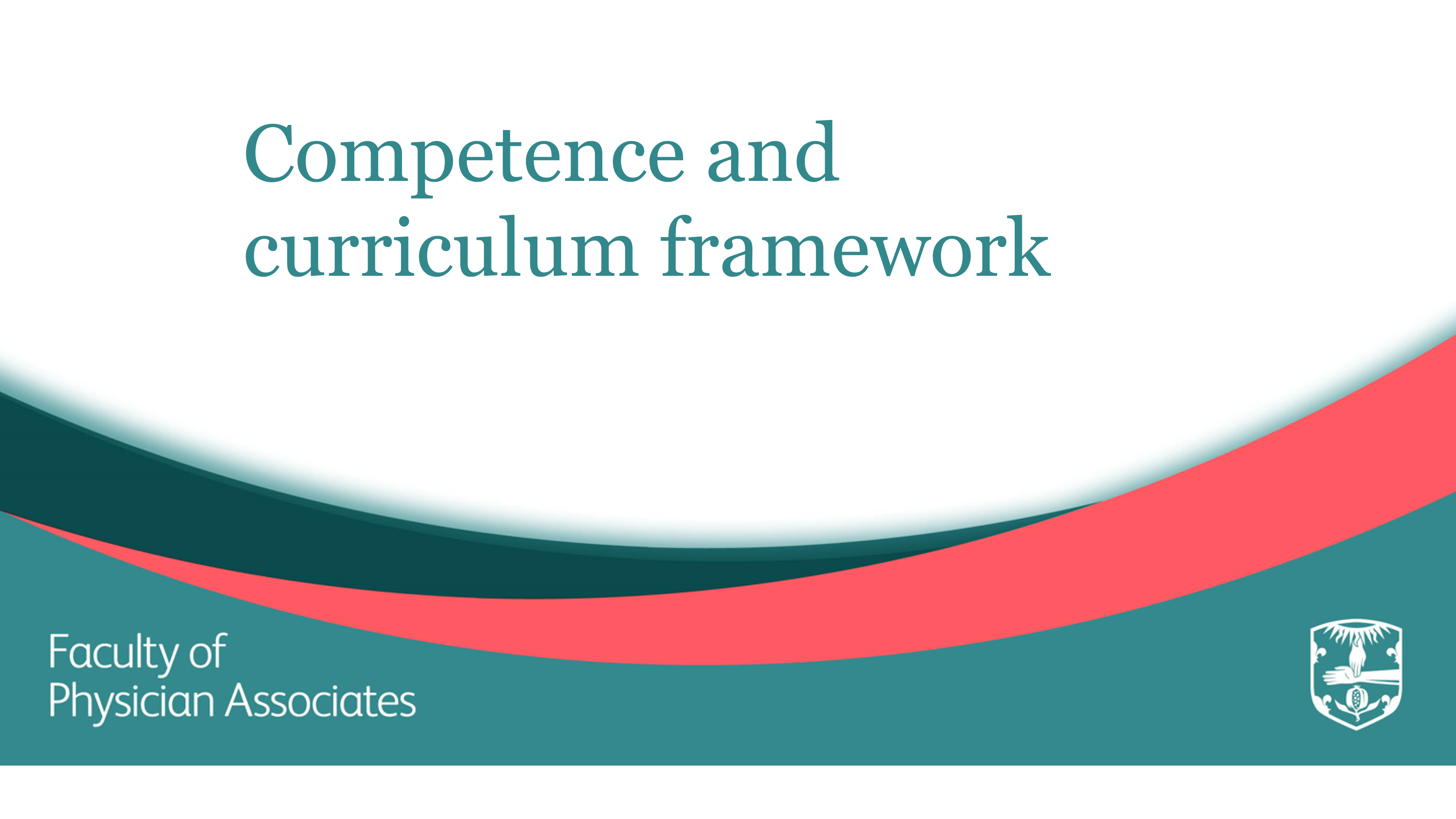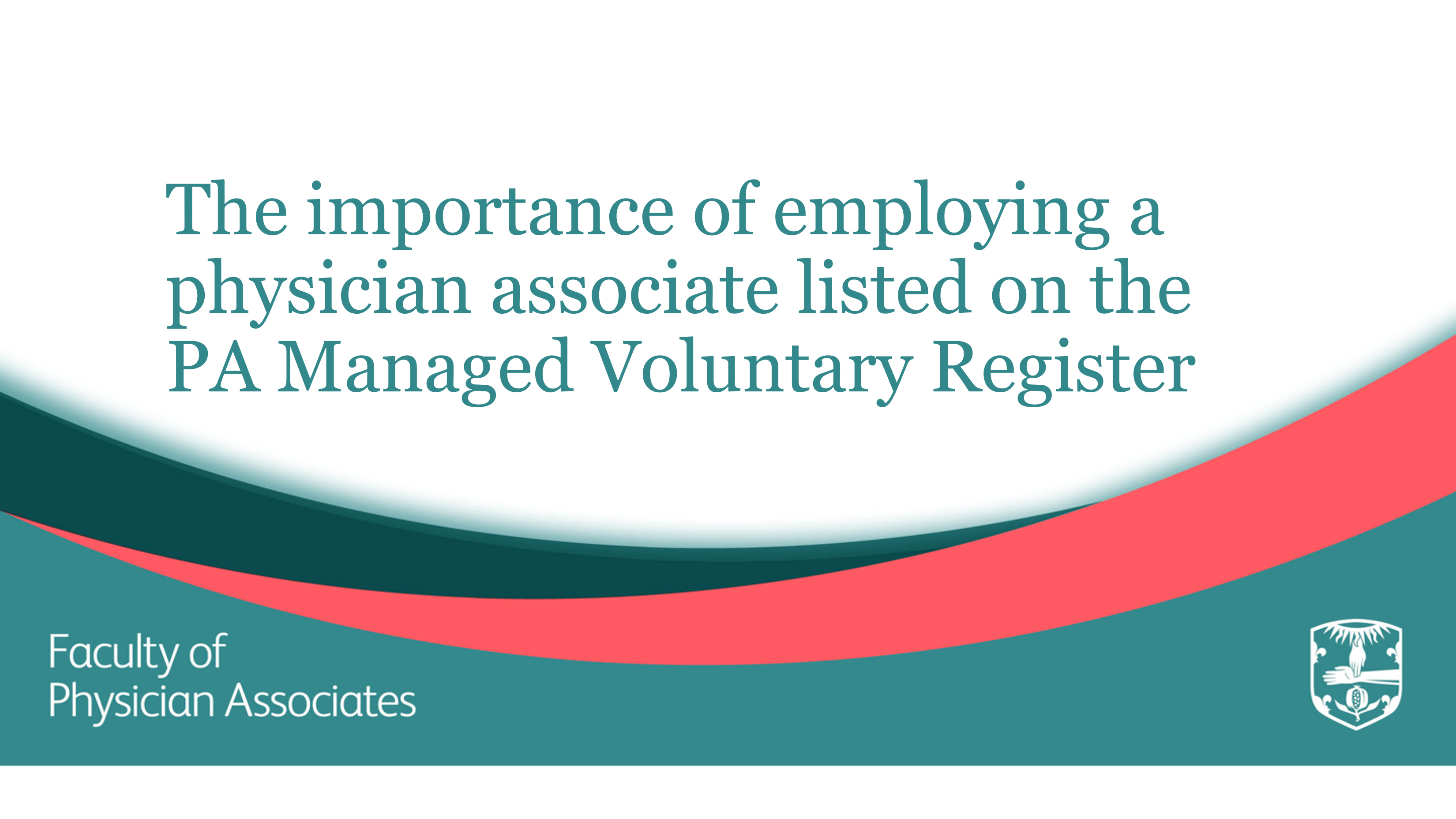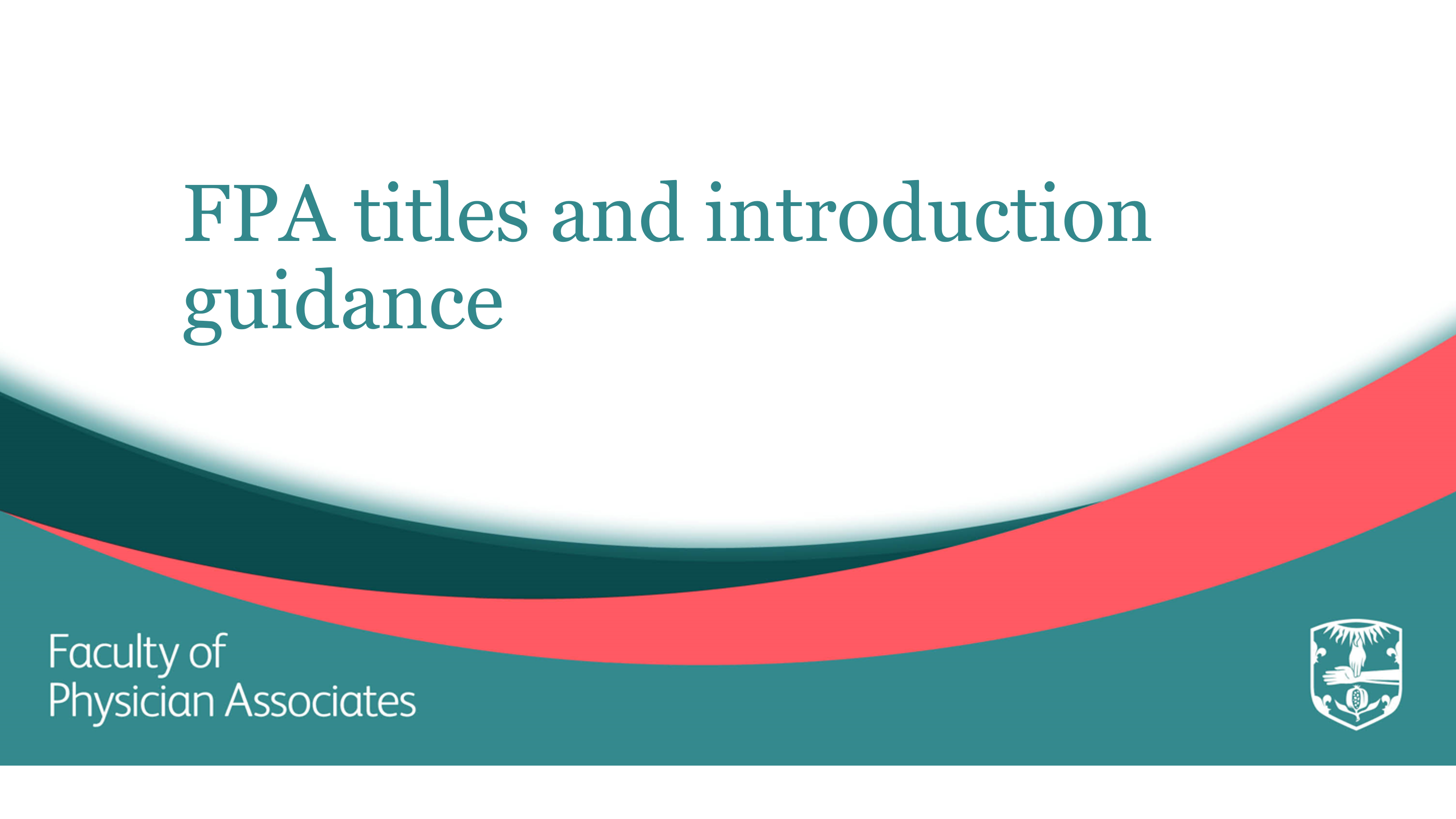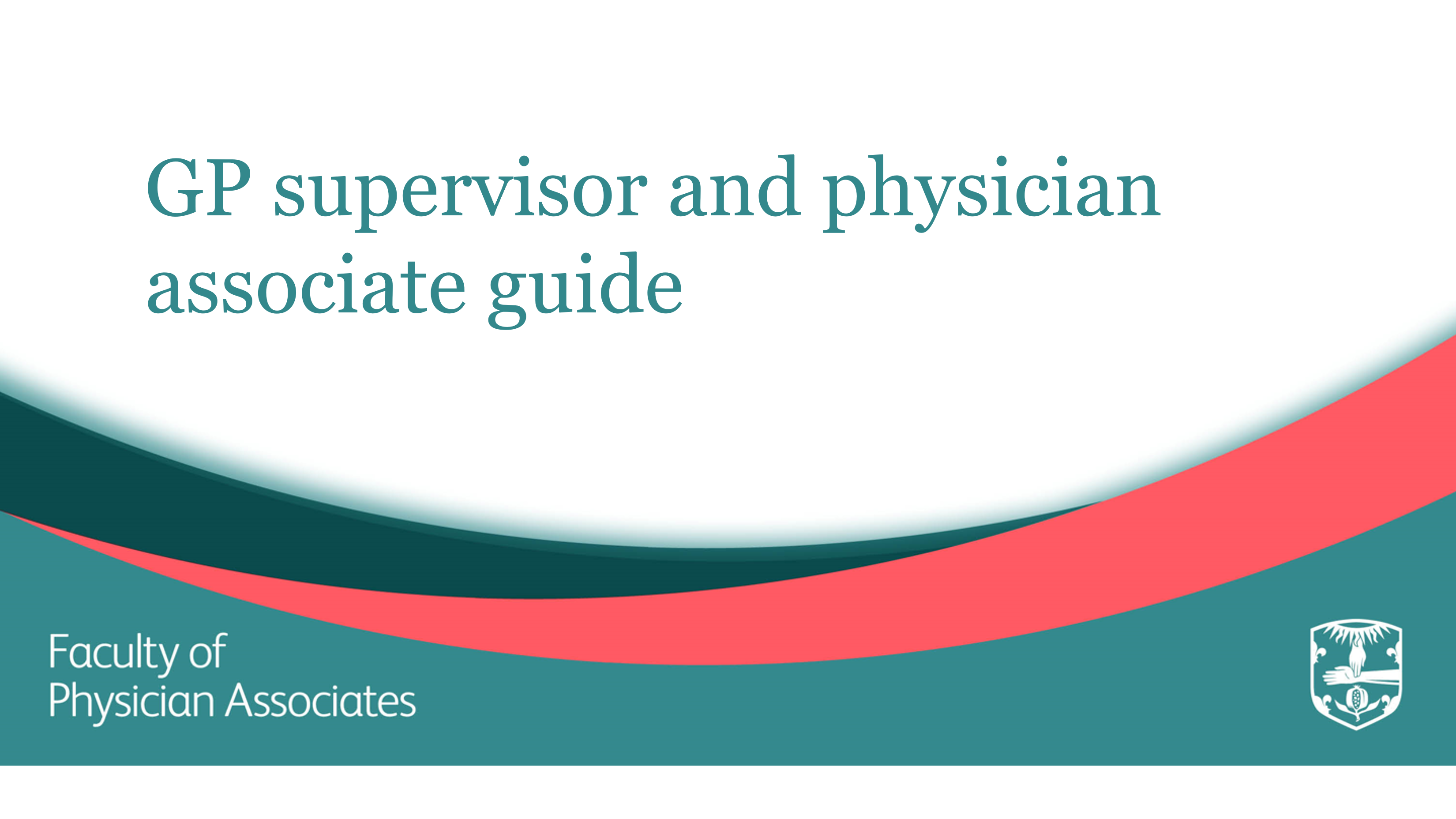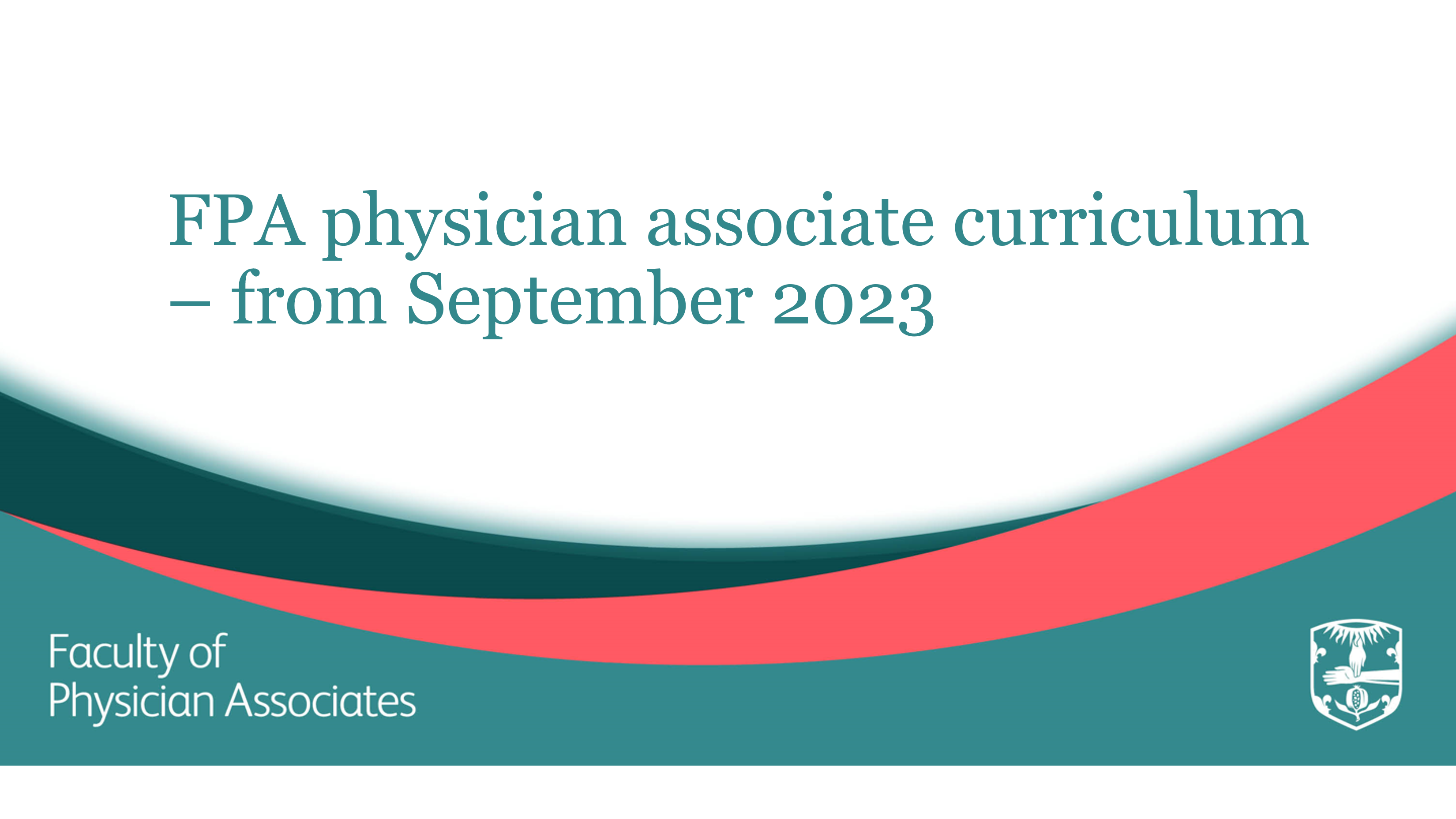Physician associates (PAs) are a relatively new member of the clinical team, seen as complementary to GPs rather than a substitute. Following the announcement that the General Medical Council (GMC) will be the regulator for physician associates, you can keep up-to-date on the legislation process here.
The Physician Associate role is in no way a replacement for any other member of the general practice team. They work in conjunction with and are complementary to the existing team. GPs will continue to lead multi-disciplinary teams, adapting to the evolving primary care networks.
By employing a PA, it does not mitigate the need to address the shortage of GPs or reduce the need for other practice staff. They can help to broaden the capacity of the GP role and skill mix within the practice team to help address the needs of patients in response to the growing and ageing population.
There is a lot of general information in the employers section, that as a GP or practice manager you may find useful.


